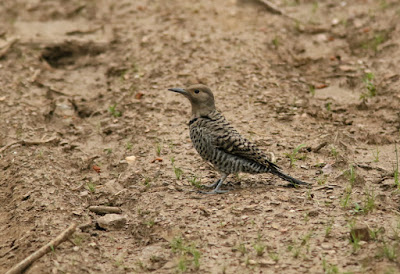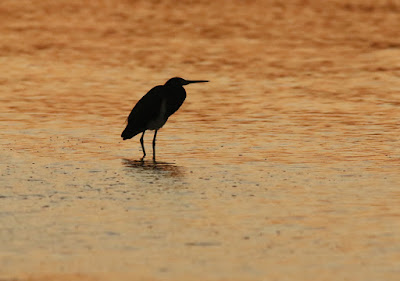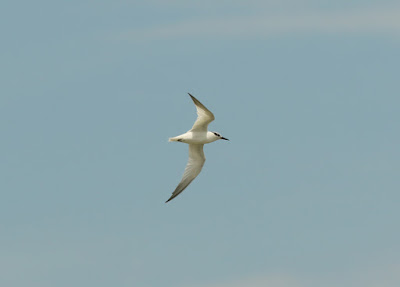It stuck its head back into its scapulars and I took my eye off the bird ... and didn't see the 3 or 4 year-old who was also interested in the gull flock. And by interested I mean racing into the flock with arms flapping. Despite his best efforts, the kid didn't take flight. The birds on the other hand... I should have had way better flight shots since he ran the bird past me but it was a hundred yards out before I had the camera back out.
It spent about 30 seconds on South Pier before getting flushed again, circled towards Silver, then back overhead and then out over the lake. I walked up to Klock (and then Rocky Gap) but it didn't reappear. A Semipalmated Plover popped up.
Upon returning to Tiscornia the godwit hadn't returned though a Greater Yellowlegs had dropped in. It still had some of the barred breeding plumage.
In case you can't tell by the background, there's a ton of algae in the water right now.There's still a few breeding feathers in the mantle too though it's mostly moulted.
Finally a shot from a less successful shorebird survey, this one from New Buffalo at dawn sometime last week.
Definitely the best way to take Ring-billed Gull shots.





















































